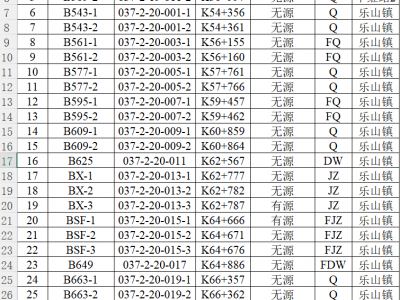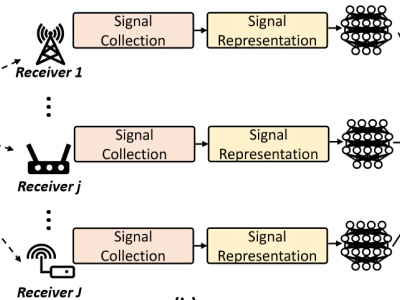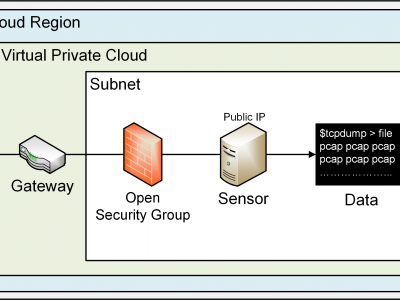Security
CTCS-2 level train control engineering data is primarily categorized into trackside infrastructure data and line parameters, including line velocity table, line gradient table, line broken chain detail table, balise position table, main line signal data table and so on. The dataset image above is an example of a balise position table.
- Categories:
 238 Views
238 Views
In our Systematic Literature Review (SLR), we systematically conducted searches in various repositories, utilizing a search string, based on titles and abstracts of publications. Following the retrieval of results, we meticulously eliminated duplicate publications, ensuring that only one instance with identical title, abstract, author names, and year of publication was retained. Subsequently, we excluded books and thesis reports from our dataset. A comprehensive manual review of the titles and abstracts of the remaining articles was then undertaken to further refine our dataset.
- Categories:
 19 Views
19 Views
Our DeepCoAST dataset specifically explores the vulnerabilities of various traffic-splitting Website Fingerprinting (WF) Defenses, such as TrafficSliver, HyWF, and CoMPS. Our dataset comprises defended traces generated from the BigEnough dataset, which includes Tor cell trace instances of 95 websites, each represented by 200 instances collected under the standard browser security level. We simulated the traffic-splitting defenses assuming there are two split traces from the vanilla trace.
- Categories:
 87 Views
87 ViewsRadio frequency fingerprint identification (RFFI) is an emerging device authentication technique, which exploits the hardware characteristics of the RF front-end as device identifiers. The receiver hardware impairments interfere with the feature extraction of transmitter impairments, but their effect and mitigation have not been comprehensively studied. In this paper, we propose a receiver-agnostic RFFI system by employing adversarial training to learn the receiver-independent features.
- Categories:
 710 Views
710 ViewsThis dataset results from a 47-day Cloud Telescope Internet Background Radiation collection experiment conducted during the months of August and September 2023. A total amount of 260 EC2 instances (sensors) were deployed across all the 26 commercially available AWS regions at the time, 10 sensors per region. A Cloud Telescope sensor does not serve information. All traffic arriving to the sensor is unsolicited, and potentially malicious. Sensors were configured to allow all unsolicited traffic.
- Categories:
 549 Views
549 ViewsThis dataset results from a month-long cloud-based Internet Background Radiation observation conducted in May 2023.
A sensor fleet comprised of 26 EC2 compute instances was deployed within Amazon Web Services across their 26 commercially available regions, 1 sensor per region.
The dataset contains 21,856,713 incoming packets, out of which 17,008,753 are TCP datagrams, 3,076,855 are ICMP packets and the remainder, 1,770,418 are UDP messages.
- Categories:
 596 Views
596 Views
This dataset aims to provide researchers with the essential information to aid in the development and improvement surrounding system call pattern detection for crypto ransomware on Android.
Our dataset provides two sets of extracted and formatted system call logs. The first set consists of system call logs collected from 213 crypto ransomware and the second set consist of 502 benign Android applications.
- Categories:
 525 Views
525 Views
This shows an example run of LUMEN and its efficiency in computation time, verification time, and proof size ran 100 times under the parameters of alpha = 512, d = 16, p = 64. LUMEN is a novel set of algorithms generating efficient and transparent zk-SNARKs: LUMEN consists of a recursive polynomial commitment scheme and a new interactive polynomial oracle proof protocol, which is compiled into efficient and transparent zk-SNARKs with linear proof computation and verification time.
- Categories:
 4 Views
4 Views
This paper presents a deep learning model for fast and accurate radar detection and pixel-level localization of large concealed metallic weapons on pedestrians walking along a sidewalk. The considered radar is stationary, with a multi-beam antenna operating at 30 GHz with 6 GHz bandwidth. A large modeled data set has been generated by running 2155 2D-FDFD simulations of torso cross sections of persons walking toward the radar in various scenarios.
- Categories:
 13 Views
13 Views



